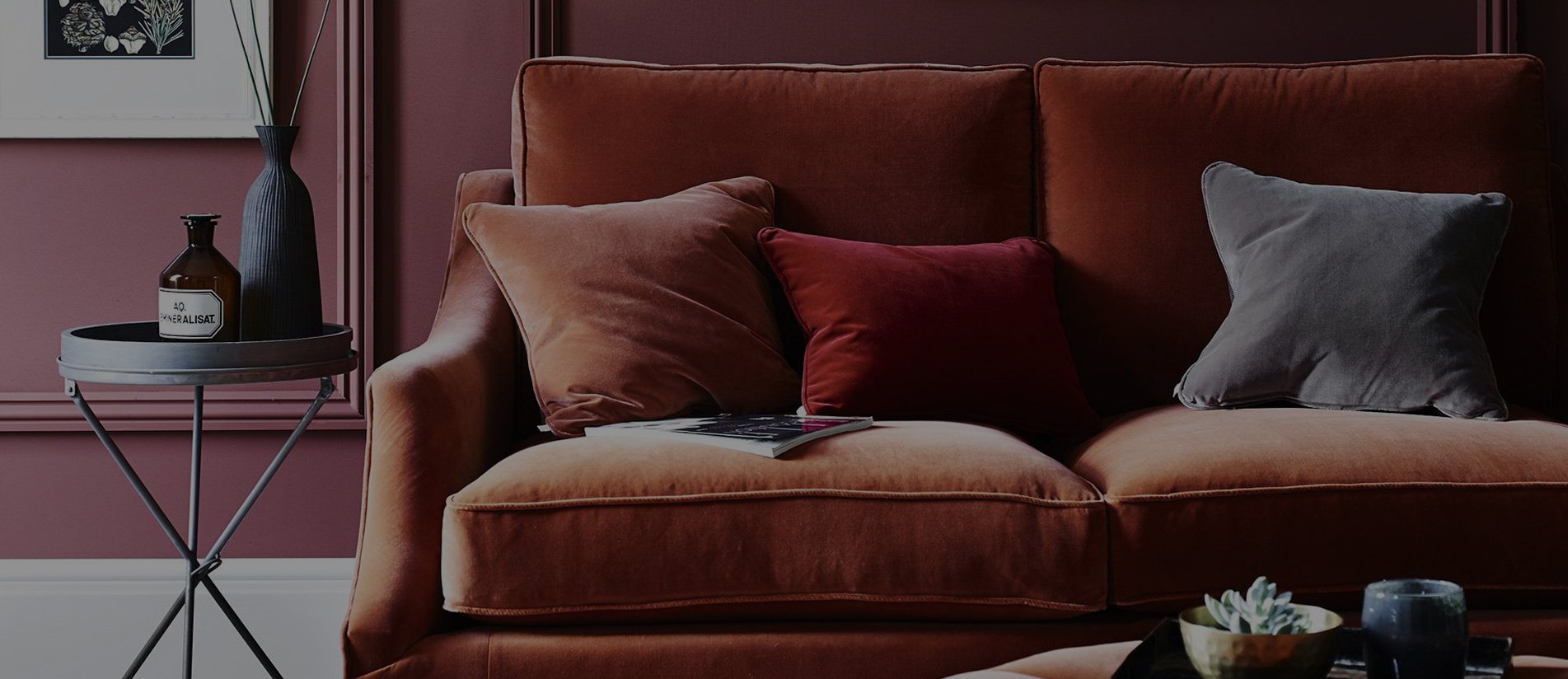Comfort is another important aspect of upholstery fabrics. The tactile experience of sitting or lounging on furniture is greatly influenced by the choice of fabric. Fabrics with a soft and plush texture, such as velvet or chenille, offer a luxurious and inviting feel. On the other hand, fabrics like microfiber or leather provide a smooth and sleek surface that adds a contemporary touch. The selection of upholstery fabric is often driven by personal preference and the desired level of comfort for different furniture pieces.
Beyond durability and comfort, upholstery fabrics contribute significantly to the overall style and aesthetics of a space. They serve as a canvas for expressing personal taste, setting the tone for the room's design theme. Upholstery fabrics are available in a vast array of patterns, colors, and textures, allowing for endless possibilities in creating a cohesive and visually appealing interior. Whether it's a bold and vibrant pattern, a neutral and timeless tone, or a textured fabric that adds depth, the choice of upholstery fabric can transform furniture into statement pieces that reflect the desired ambiance and style.
upholstery fabrics offer versatility in terms of application. They are not limited to just sofas and chairs but can be used to upholster headboards, ottomans, benches, and even wall panels. This versatility allows for the coordination and integration of upholstery fabrics throughout a space, creating a harmonious and cohesive design scheme. The availability of different fabric weights and finishes also ensures that upholstery fabrics can be adapted to different furniture styles and functions, whether it's a formal living room or a casual lounge area.
Upholstery fabrics also serve practical purposes beyond aesthetics. They can provide added functionality, such as stain resistance, easy cleaning, or flame retardancy. Specialized treatments and finishes are often applied to upholstery fabrics to enhance their performance and meet specific requirements. These treatments ensure that furniture remains resilient against spills, stains, or potential fire hazards, making them suitable for high-traffic areas or commercial spaces where durability and safety are paramount.


 英语
英语 中文简体
中文简体





